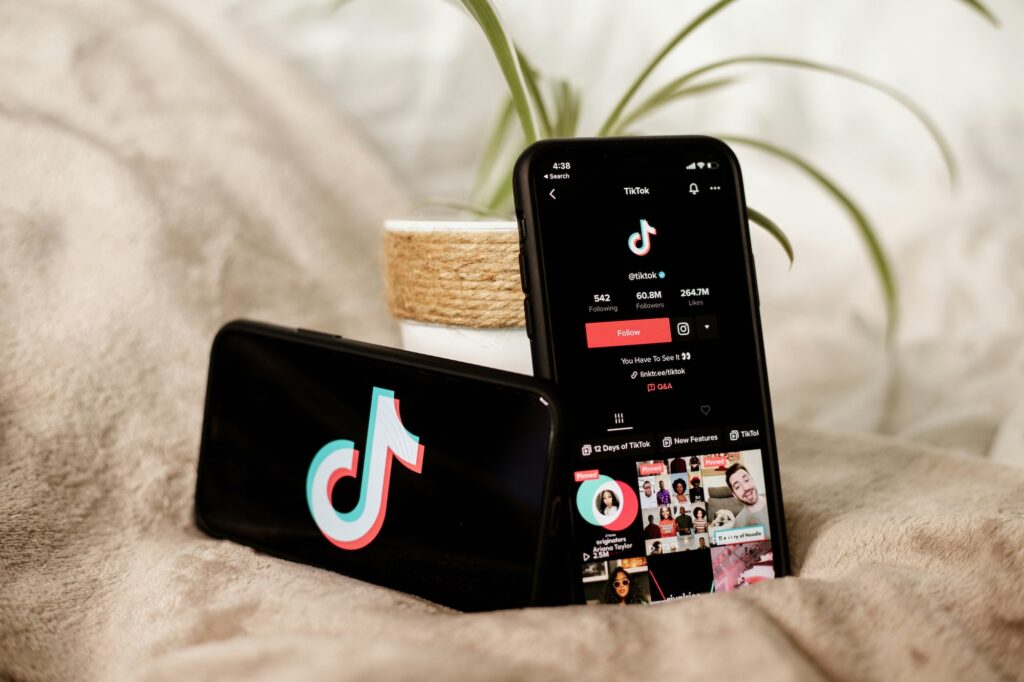I really do believe that the traditional paid media charging model is not right.
Charging models and fee structures in PPC have been a long-standing topic of debate, and everyone will have their preference. However, questioning the norm is never a bad thing.
The general premise is simple – don’t motivate me to spend more budget. Motivate me to get you better results.
It’s probably worth pointing out at this stage that a lot of people / agencies I hold a huge amount of respect for use percentage of spend as their charging model. I’m not saying anyone who charges based on a percentage of spend should not be trusted, I’m saying it’s a charging model that opens up gaps that other charging models don’t necessarily expose.
Maybe it’s that I’ve seen agencies shout about being results focused, charge on a % of spend, thrash bucket loads of cash down the drain and because of their model be rewarded for doing so. Whatever the reason, it feels like a good topic to raise, and hopefully opens up a bit of discussion and healthy food for thought.
Why do I think it’s a bad idea?
Motives – motivation is a powerful thing, and incentivising someone with a specific mechanism is going to have a huge impact on their output. Motivate someone to spend more money, and the chances are they are going to spend more money. Ask yourself if that’s really how you want to motivate your suppliers.
It’s biased – % of spend makes a huge amount of sense from an agency perspective. It’s easy to quote for and it scales revenue extremely nicely in a very straightforward way. However, this means the amount of cash going towards a fee grows exponentially as an account scales, even if the workload doesn’t follow.
It also means that any conversation along the lines of “should we scale now, or test and learn on a lower spend first” are going to have a biased input from the people you need clear advice from.
Workload vs. spend aren’t always completely aligned – sometimes, more spend doesn’t always mean more work. If it does mean more work, does it mean the billable hours grow inline with the % fee?
It devalues smaller spending campaigns – this is the exact opposite to the point above. Smaller spending campaigns can sometimes require more hours than a moderate spending campaign.
The two things don’t always match up perfectly, but the preference towards % of spend often means clients will expect a fee for a lower spending campaign to be equally low.
No matter how small the spend, to do the job properly requires setup, audience building, ad copy, reporting, regular optimisations and so on. To get results, dedicated time is required and if done properly, is extremely valuable no matter the media spend.
It’s the activity that counts – if you want great outputs, it’s the inputs that make the difference. Whether this is having the time to analyse data properly, test new hypotheses or split test ads, it’s the activity and the time taken to run that activity that is going to positively impact your results.
I’ve seen bad things – as with the example mentioned at the beginning of this post, I’ve seen some woeful spending decisions from agencies motivated by spend. Scaling an account too quickly, wasting vast amounts of budget on ‘awareness’ when the account structure wasn’t ready to convert that traffic – of course this is just bad management plain and simple, but I’m convinced the motivation to spend more and grow a fee is sometimes part of the problem. Frustratingly, it also means these bad decisions were likely rewarded with an increased fee.
There might be a low cap on your market – with niche products or services, there will only ever be a certain amount you can spend before you hit a cap. Beyond that cap, targeting gets too broad and results start diminishing rapidly.
If you’re not motivating your agency partner by spend then there is no motivation to go beyond that point at all. If you are, then you need to question carefully where your ceiling on spend is.
It’s terrible for niche businesses – the above point is often more prevalent in B2B, where many businesses will have a very specific criteria of people they need to reach. When lead quality is everything, spending less money to reach a very specific audience can sometimes be a good thing. If that is the case, then the advice to cut spend to get greater results from less spend is extremely valuable.
It takes the eye off other opportunities – turning spend up is not always the only route to getting more transactions / leads. For example, if there is a fundamental improvement that can be made by working on a landing page, is that opportunity going to be skipped in favour of scaling spend? If so, are you missing out on an improved CPA in favour of scale? If I’m motivated by spend, would I walk past that opportunity?
Other Options:
What is the perfect charging model? I don’t think there is one, and every model will have certain flaws and gaps, however I do believe other charging models remove bias in spending decisions and go a little further to incentivising a favourable outcome.
So, how should you be paying for paid media services and what other options do you have?
Time based retainer:
As mentioned above, it’s proactive management and activities that are going to make a difference to the results. This requires the right amount of time to do a good job, and therefore a time-based retainer as a first step makes a lot of sense.
Performance / time hybrid:
A preferred option for us is a hybrid of time and results based fees. As with % of spend this is a scalable option, however this time the fee scales with performance and results rather than just spend as the criteria.
You may wish to set a bonus structure to be paid upon reaching certain targets, it really depends on your preference. The main thing is to have a structure that covers enough time to do the right job, but also incentivises everyone to drive the very best results.
Personally, this is the structure I find most exciting. It means everyone is aligned on a common set of goals and outcomes, facilitating enough time to work properly and rewarding good results whether that be through scaled spend or campaign efficiencies.
At the end of the day, the key is to find a structure that works for your business and keeps everyone on all sides motivated. I however would always prefer to be motivated by results rather than spend.




